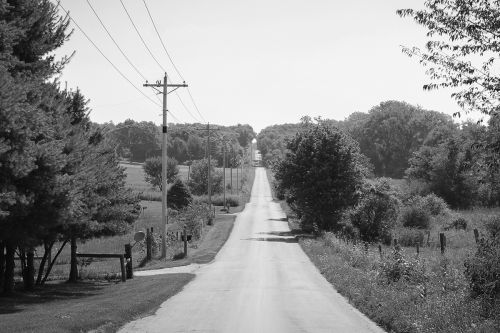
Power outages can sometimes be interconnected across different power companies due to the complex and interconnected nature of the electrical grid. Here’s how a neighboring transmission issue might affect your electric cooperative:
-
Interconnected Transmission Grid: Power companies often share transmission lines and substations to distribute electricity across regions. If there’s an issue with a transmission line owned by Duke Energy, for example, it could disrupt the flow of electricity not only within Duke’s service area but also to neighboring areas served by different companies.
-
Voltage Instability: A transmission issue in one part of the grid can cause voltage instability, affecting neighboring regions. This instability can trigger protective measures like automatic shutdowns or load shedding in adjacent areas to prevent damage to equipment or ensure grid stability. As a result, neighboring power companies may experience cascading outages as a precautionary measure.
-
Interdependence of Systems: While each power company operates independently, they are all part of the larger interconnected grid. Therefore, disruptions in one part of the grid can have ripple effects that impact neighboring systems. This interdependence is particularly evident during times of high demand or when transmission infrastructure is strained due to factors like severe weather or equipment failure.
-
Limited Redundancy: Despite efforts to build redundancy into the grid, there are limitations. If a key transmission line or substation experiences a significant issue, there may be limited alternate routes for electricity to flow, leading to widespread outages across multiple service areas.
In summary, while each power company operates its own service territory, the interconnected nature of the electrical grid means that issues in one area can have consequences for neighboring regions, leading to interconnected outages.
